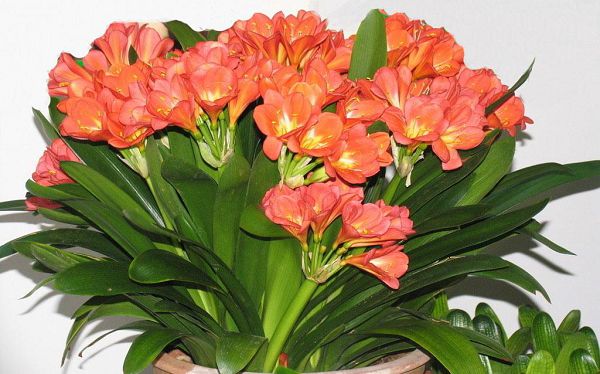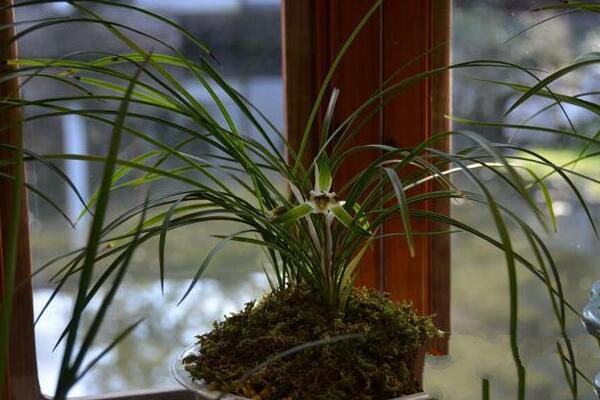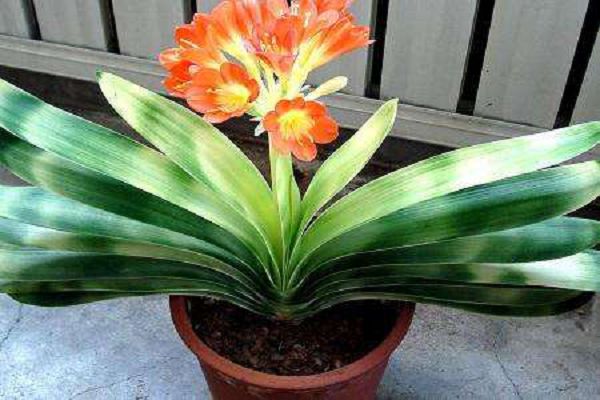How does the gentleman orchid change the soil?

Cymbidium is a perennial herb with a florescence of 30-50 days, mainly in winter and spring. The optimum temperature for growth was 15-25 ℃, and stopped growing when the temperature was lower than 5 ℃. It is known as the flower of wealth, beautiful and generous, no matter in the home decoration, or in the venue layout, hotel decoration, are very ornamental, is the first choice for people. Then do you know? Read and learn with the editor.
Points for attention in soil exchange of gentleman orchids:
The method and process of changing soil for magnolia are very simple. In order to be more secure, we should say some points for attention in changing soil, and help flower friends to do more solid homework in changing soil, respectively from several aspects, such as the time of changing soil, the choice of the size of the basin, the treatment of roots and so on.
1. The time to change the soil: generally speaking, the orchid has to change the basin once a year, which is more conducive to the growth of the orchid, but it does not mean that it can be changed at any time. The soil change had better be carried out in spring and autumn, because the temperature is suitable at this time. Cymbidium grows vigorously and will not affect its growth because of the change of soil.
According to the actual situation of this area, Hua you can turn the pot and change soil from March to April or from August to September, when the weather is warm and cool (pay attention to the difference between the north and the south, the south is appropriately delayed), and the temperature is moderate, which is the second exuberant growth period of Cymbidium. According to the growth of the plant, the grower can turn the pot in autumn in the middle of August.
2. Avoid changing soil as far as possible during flowering: it should be noted that after archery, or during the budding and flowering stage, it is best not to change soil, because the plant needs more nutrients at this stage, and the continuous supply of nutrients will be affected by the operation of changing soil. However, if rotten roots or yellow leaves have to be changed due to poor soil quality, care should be taken not to break up the tuo and minimize the loss caused by the change of soil.
3. Avoid root injury: when taking out the clump of soil, be careful not to break the lump of soil so as not to damage the root system. Peel off the soil gently and remove the senescent and rotten fleshy root (but there is no rotten fleshy root. No matter how long it is, it cannot be cut off, because these fleshy roots and tips have a lot of root hairs, which can not only absorb water and nutrients, but also secrete a variety of acids and dissolve insoluble nutrients in the soil. Expand absorption. If it is cut off, although the plant will not die, but it will certainly affect the growth.
4. Serving basin: after changing the soil, the orchid should be placed in the shade for about 10 days to slow down the water evaporation and gradually restore its vitality. After 10 days, it can gradually increase the light.
5. The bigger the basin, the better: prepare a suitable special basin according to the size of the orchid (especially the number of roots) and avoid using large pots to grow small orchids.
Related
- Is the orchid suitable for indoor use? Is it good for the body?
- How to prevent the empty root of orchids?
- What to do after the crab claw orchid is withered?
- Why are the leaves of orchids always yellow? Fertilizing and watering.
- Can the root of the gentleman orchid be saved if it is rotten?
- Diagnosis and treatment of cotton-blowing beetle insects in Cymbidium
- There is a way for a gentleman's orchid to rot.
- What is the most suitable temperature and humidity for the orchid?
- How to raise a gentleman's orchid? Cultivation techniques of Cymbidium
- How to prepare the nutritive soil for the cultivation of Cymbidium



